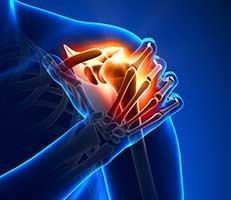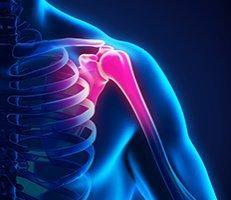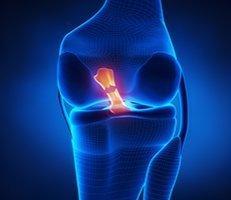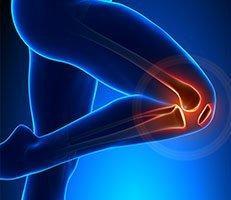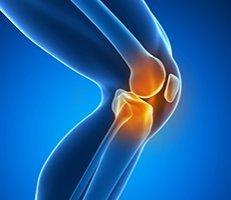
The largest tendon in the body, the Achilles tendon is a cord connecting the calf muscles to the heel bone and is used in daily activities like walking, running and jumping. Because the blood supply to the Achilles tendon decreases with age, the tendon may become vulnerable to inflammation and rupture. Achilles tendon injuries are common among older individuals and those who regularly participate in sports activity.
Because Achilles tendon conditions can worsen with time if not treated properly, it’s important to see a board-certified orthopedic surgeon like Dr. Eric Millstein for these and other foot and ankle injuries.
Types of Achilles Tendon Injuries
Tendonitis
Tendonitis is an inflammation of the Achilles tendon, which causes pain in the back of the leg near the heel. Achilles tendonitis may result from an increase in physical activity or from tight calf muscles. Bone spurs can also rub against the tendon, causing inflammation and pain.
People suffering from tendonitis may experience:
- ankle pain and stiffness
- tendon thickening and swelling
- increased pain after exercise or activity
Tendonitis may be treated with rest and physical therapy. In general, recovery takes weeks to months.
Tenosynovitis
Similar to tendonitis, Achilles tenosynovitis occurs in the tendon sheath as opposed to the Achilles tendon itself. When left untreated, the condition may cause fibrosis and scarring that can limit range of motion in the Achilles tendon.
People suffering from tenosynovitis may experience:
- pain in the Achilles tendon
- tendon swelling or thickness
- a creaking sensation when moving the ankle
Treatments for tenosynovitis include resting the affected foot and applying cold therapy. Sports massage can also help relieve pain and improve range of motion. In general, recovery may take weeks or even months.
Rupture
A rupture occurs when a patient overstretches the Achilles tendon, causing it to tear partially or completely. If people feel a “popping” sensation in the back of their ankle or heel, they have likely suffered an Achilles tendon rupture and should see an orthopedic specialist immediately.
People suffering from an Achilles tendon rupture may experience:
- a popping in the back of the ankle
- inability to bear weight or perform normal activities
- light to moderate pain and swelling
- protrusion at the proximal portion of the Achilles tendon
Surgery may be required to treat an Achilles tendon rupture. Generally, the recovery period lasts 6-12 months.
Bursitis
Heel bursitis occurs when the bursae (fluid-filled pads) become inflamed, causing pain in the back of the heel. Pain behind the heel may suggest an inflammation in the area where the Achilles tendon meets the heel bone. This condition is known as retrocalcaneal bursitis. Common causes of bursitis are repetitive motion activities and wearing shoes that rub against or cut into the back of the heel.
People suffering from this form of bursitis may experience:
- heel pain that increases with activity
- pain while wearing shoes
- a bump on the heel that feels warm or painful to the touch
Common treatments for retrocalcaneal bursitis include physical therapy and stretching, icing the affected area and taking anti-inflammatory medications for the pain. For more severe cases, surgery may be required to drain the inflamed bursae. Recovery times vary depending on the seriousness of the injury.
Learn more about treating Achilles tendon ruptures.
Contact Us Today
Achilles tendon issues are serious conditions that can limit your range of motion and affect your ability to perform everyday activities. If you’re suffering from an Achilles tendon condition or injury, don’t hesitate to schedule an appointment with Dr. Millstein online or call us at (310) 595-1030.



